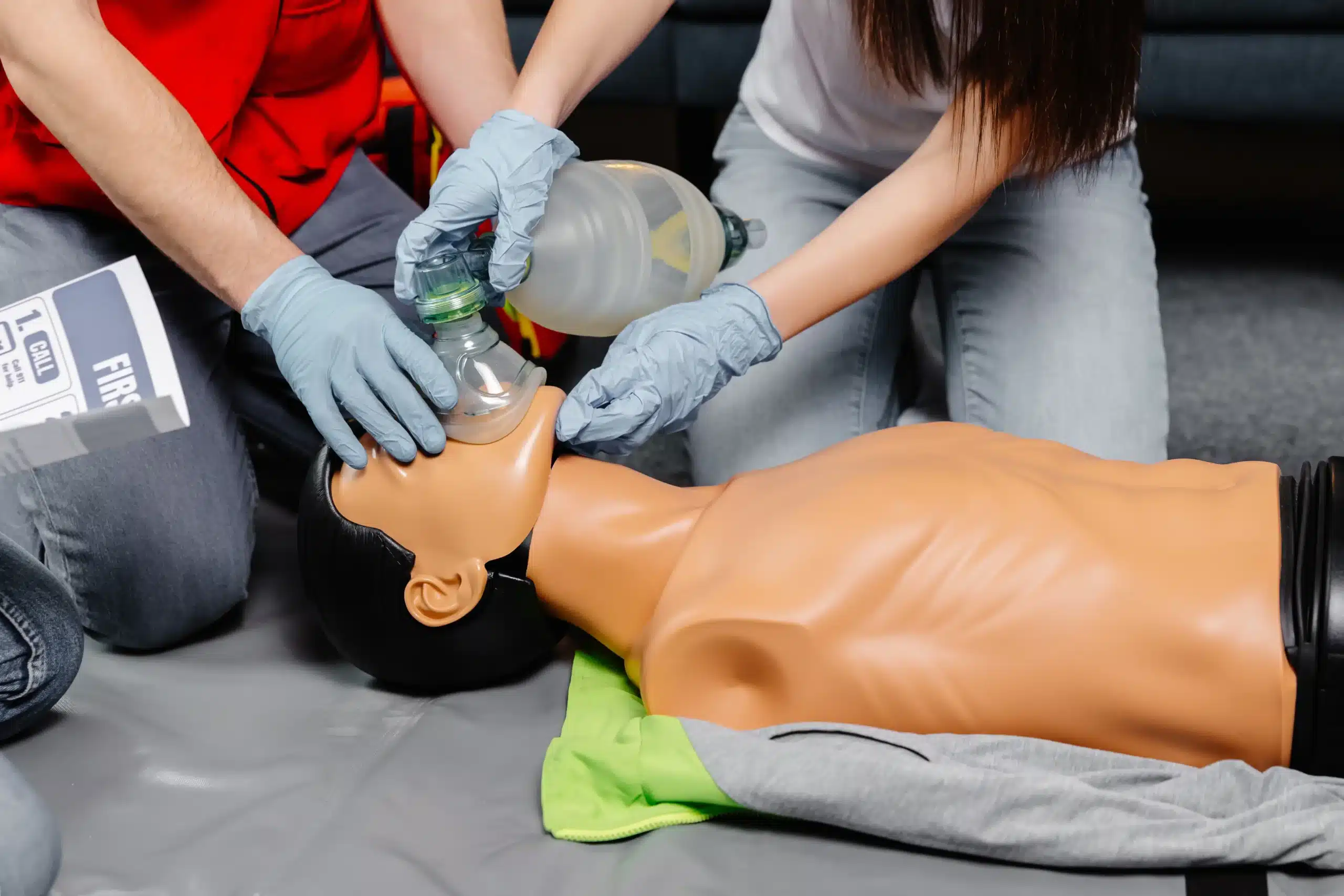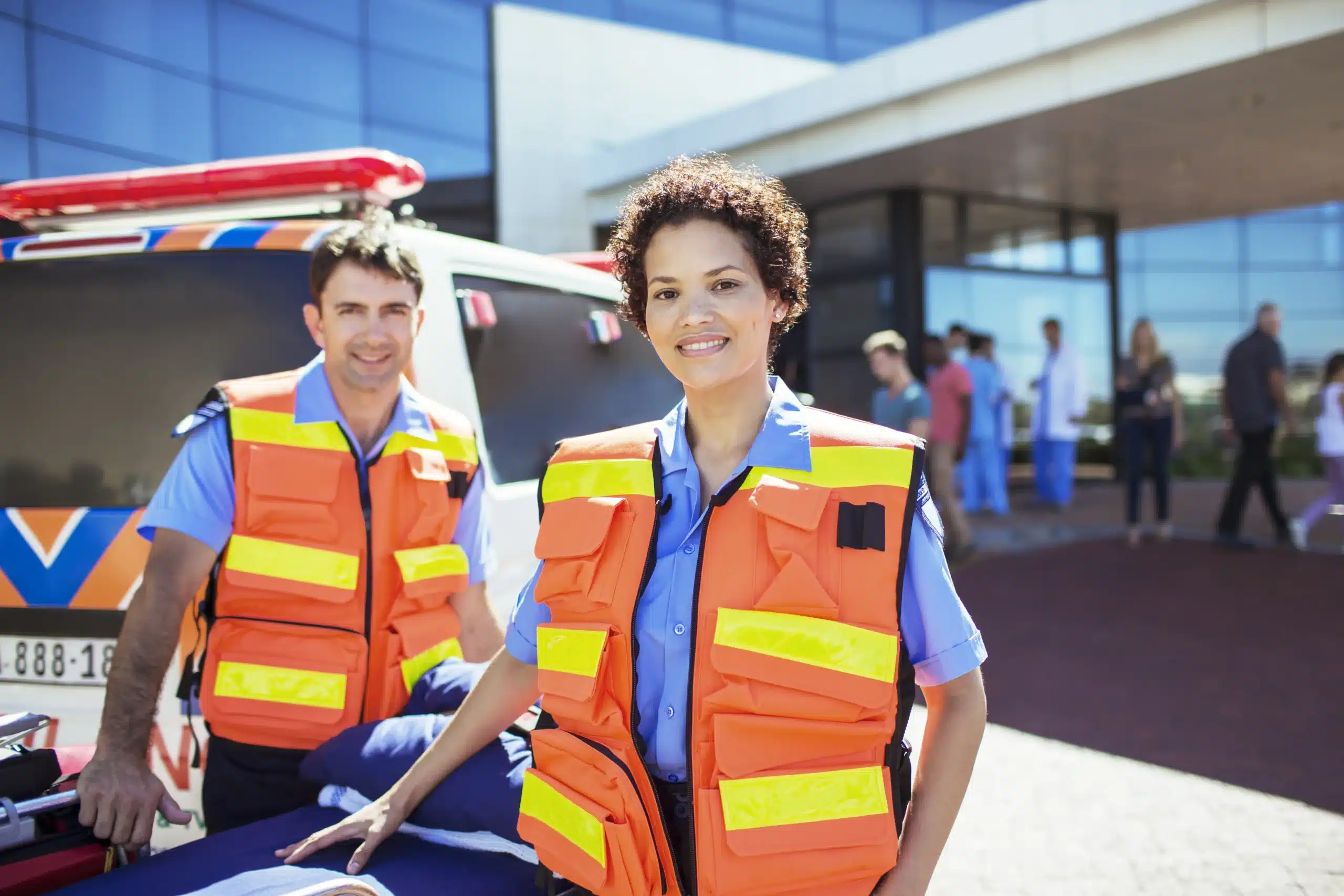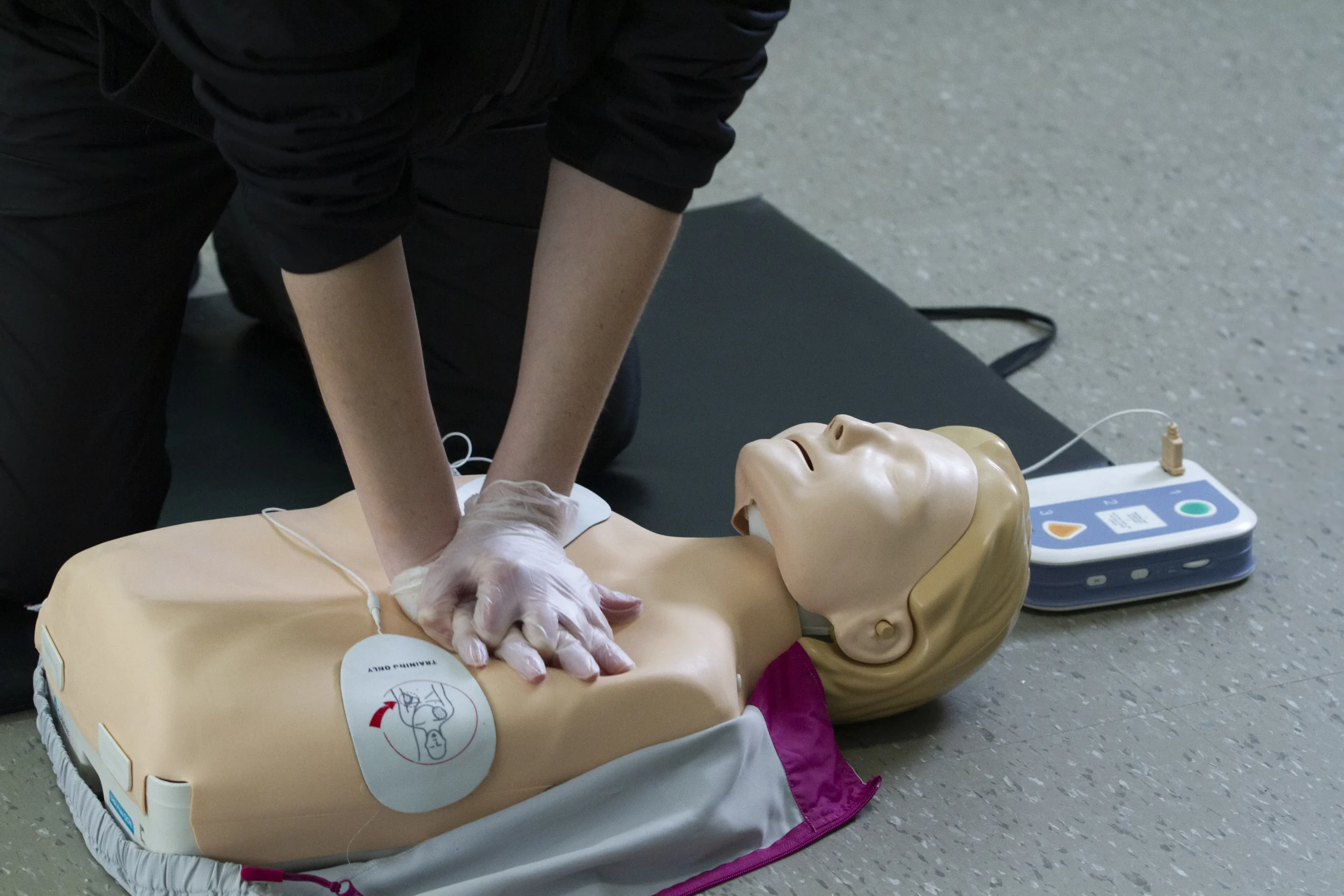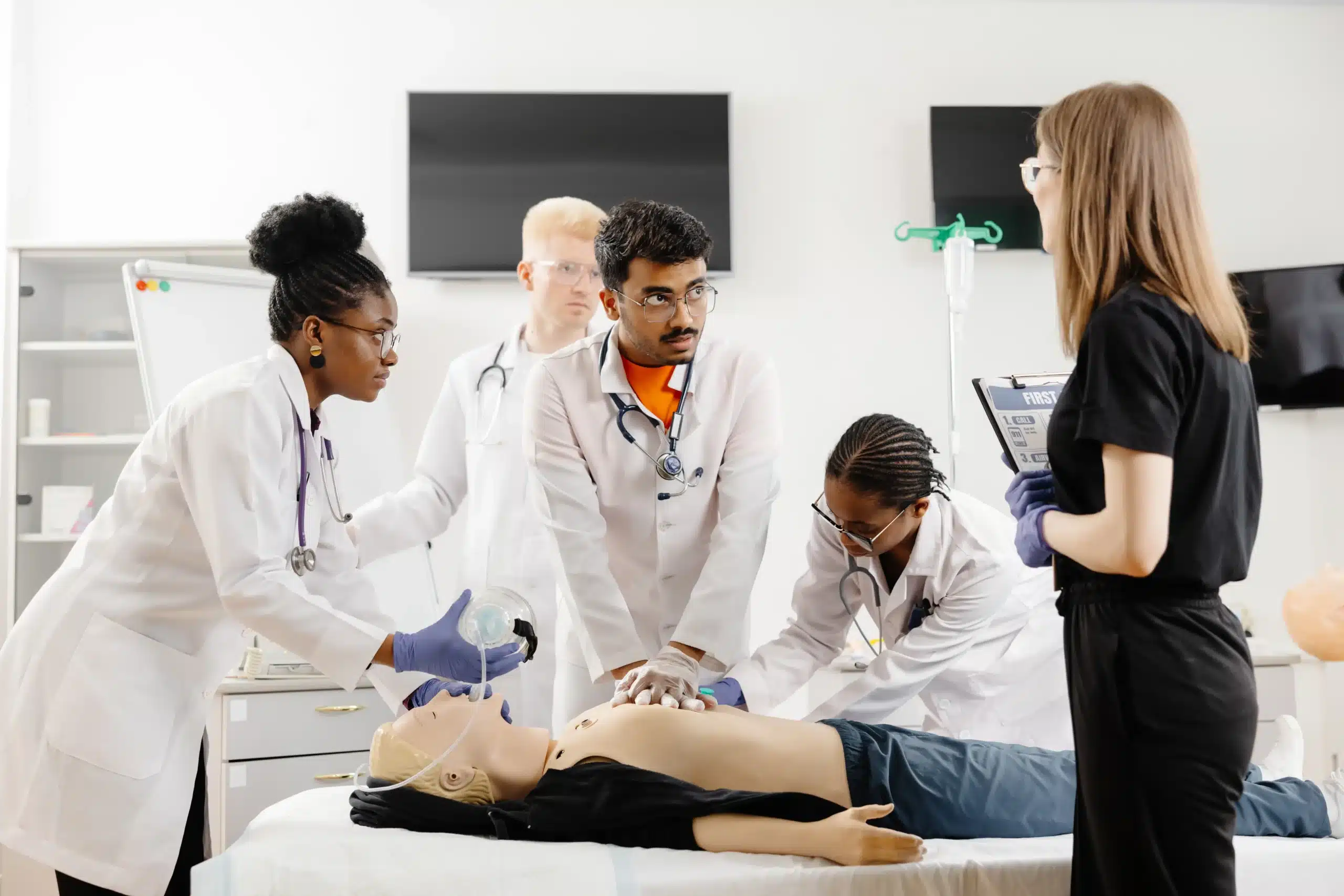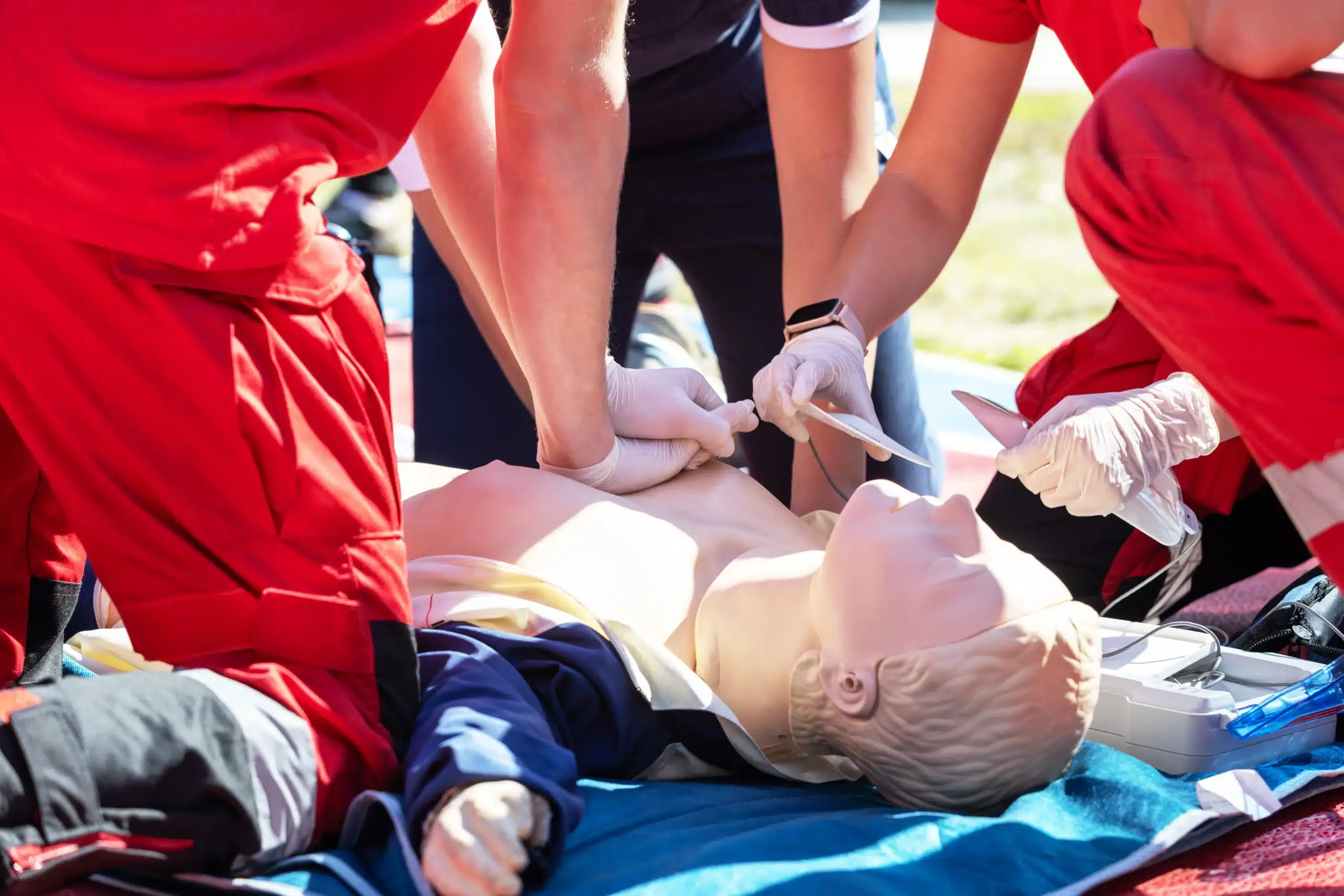In the bustling world of childcare, where tiny hands reach for discovery and curious minds explore their surroundings, safety is paramount. At Safety Training Seminars, we believe that every child deserves a secure and healthy environment, and that starts with equipping caregivers with the right knowledge and skills. This guide delves into the world of preventive health and safety training, offering a comprehensive overview of essential topics, legal obligations, and practical strategies for implementation. Whether you’re a seasoned childcare provider or just starting your journey, we’ll provide valuable insights into creating a safe haven for the children you care for. Join us as we explore the importance of preventive health and safety training and empower you to make a real difference in the lives of children.
Key Takeaways
- Prioritize safety with preventive training: Equipping yourself or your team with the right knowledge and skills creates a safer environment for everyone, from handling emergencies to preventing illness. Look for comprehensive programs covering CPR, first aid, and specialized certifications like BLS, ACLS, PALS, and EMSA Child Care Health & Safety.
- Find the right program for your needs: Balance factors like cost, schedule, and learning style (online vs. in-person) when selecting a training program. Providers like Safety Training Seminars offer affordable options and a low-price guarantee.
- Make training stick with ongoing practice: Regular drills, refresher courses, and a proactive safety culture are key to maximizing the long-term effectiveness of your training and building a truly safe environment.
What is Preventive Health & Safety Training?
Health and safety training gives you the knowledge and skills to create a safer environment for yourself and others. It’s about understanding potential hazards and learning how to prevent accidents and respond effectively in emergencies. This training covers a wide range of topics, from basic first aid and CPR to more specialized areas like handling hazardous materials or responding to specific medical emergencies. It empowers you to identify risks, follow safety protocols, and take proactive steps to minimize harm. Ultimately, it’s about building a culture of safety and well-being.
Key Components & Benefits
Effective safety training equips individuals with practical skills and a deeper understanding of potential hazards. You’ll learn how to perform CPR, administer first aid, and respond to various medical emergencies. Beyond the practical skills, you’ll gain a heightened awareness of workplace hazards, allowing you to identify and mitigate risks proactively. Many programs offer specialized training tailored to unique hazards, such as those found in healthcare or childcare settings. Investing in safety training benefits organizations by reducing accidents, improving productivity, and fostering a safer work environment. This can lead to lower insurance premiums and a more positive work culture. For individuals, it provides valuable skills and peace of mind.
Importance in Healthcare & Childcare
In healthcare, preventive health and safety training is paramount. Medical professionals regularly encounter situations requiring immediate and decisive action. BLS certification ensures they can provide high-quality care during life-threatening emergencies. ACLS training prepares healthcare providers to manage complex cardiovascular emergencies. PALS certification focuses on pediatric emergencies. In childcare, this training plays a crucial role in protecting children’s health and well-being. Childcare providers learn how to prevent illnesses, respond to injuries, and create a safe environment for the children in their care. This training is often required by state regulations for childcare licensing and demonstrates a commitment to providing the highest standard of care. It empowers caregivers with the knowledge and skills to handle emergencies confidently and create a nurturing and secure environment. For specific training tailored to childcare providers, explore our EMSA Child Care Health & Safety course.
Essential Topics in Preventive Health & Safety Courses
Preventive health and safety courses cover a lot of ground, giving you the skills to create and maintain a safe and healthy environment. Whether you’re a healthcare professional, work in childcare, or just want to improve your safety knowledge, understanding these core topics is key.
Disease Prevention & Emergency Response
This section focuses on stopping diseases from spreading and responding effectively to emergencies. You’ll learn about infection control, hygiene best practices, and how to recognize and respond to different health emergencies. This training is important for everyone, from managers to contractors, so everyone’s prepared to handle a health crisis. Understanding bloodborne pathogens and following the right protocols is essential for workplace safety. This knowledge helps people take proactive steps to reduce risks and protect themselves and those around them. For healthcare professionals, certifications like Basic Life Support (BLS) are often required for employment.
Nutrition, Wellness & Hygiene
Good nutrition, wellness practices, and hygiene are crucial for overall health. This module covers the importance of a balanced diet, regular exercise, and good hygiene habits. These topics are especially important in childcare, directly impacting children’s health and development. Things like infection control and immunizations are crucial for a healthy environment. Knowing how to prevent lead poisoning and encourage healthy eating is also essential for childcare providers. For parents and caregivers, understanding basic first aid and CPR can be invaluable in responding to common childhood illnesses and injuries.
Safety Policies & Procedures
Every workplace and childcare setting needs established safety policies and procedures. This section covers developing, implementing, and enforcing these policies. You’ll learn about risk assessment, hazard identification, and creating effective safety protocols. Compliance with regulations, like California’s AB243 mandated Health and Safety Training, is often a key part of these courses. Clear guidelines and procedures create a structured approach to safety, ensuring everyone knows their roles and responsibilities. This clarity helps prevent accidents and promotes a safer environment for everyone.
Crisis Management & Preparedness
Being ready for a crisis minimizes its impact. This section explores crisis management, including preparedness planning, response strategies, and recovery efforts. You’ll learn how to develop a crisis management plan, conduct drills, and communicate effectively during emergencies. Creating a proactive safety culture is key to effective crisis management. Addressing potential roadblocks in implementing safety programs and fostering a culture of safety helps ensure everyone is prepared and can handle unexpected events. Transforming organizational culture and addressing challenges in safety program implementation are key to a safe and prepared environment. This preparation can be the difference between a minor incident and a major crisis.
Meeting Professional Requirements & Regulations
As a childcare provider, parent, or guardian, understanding and meeting health and safety requirements is crucial for protecting the children in your care. This knowledge helps you create a secure environment where children can thrive. Let’s break down these important regulations.
Legal Obligations for Childcare Providers
Childcare providers have a significant responsibility for the well-being of the children they supervise. Childcare health and safety training gives you the tools and knowledge to maintain a safe and healthy environment. This includes preventing illnesses, responding to emergencies, and providing first aid for injuries. These skills are fundamental to a secure and nurturing space for children, and often legally required to maintain a childcare license.
Industry-Specific Regulations
Many states have specific regulations mandating health and safety training for childcare providers. In California, for example, providers must follow guidelines from the State Emergency Medical Services Authority (EMSA). These regulations cover various topics, including preventive health practices, safety procedures, and emergency response protocols. Meeting these requirements ensures compliance with state law and demonstrates your commitment to providing high-quality care. At Safety Training Seminars, our EMSA Child Care Health & Safety course helps you meet these requirements.
Certification & Renewal
After completing the necessary health and safety training, you’ll receive a certificate of completion. This certificate acts as proof of compliance with the required regulations. These certifications often don’t require frequent renewal. For example, the certification for preventive healthcare training is often a one-time requirement. This lets you focus on using your learned skills without worrying about recurring certifications, so you can dedicate more time to providing quality care.
Choosing the Right Training Program
So, you’re ready to invest in preventive health and safety training—great! Now, how do you choose the right program? Here’s what to consider:
Online vs. In-Person
First, think about the learning format. Online training offers flexibility, allowing you to learn at your own pace and on your own schedule. It’s a great option if you’re juggling work, family, or other commitments. In-person training, on the other hand, provides hands-on practice and direct interaction with instructors and peers. This can be especially beneficial for skills like CPR, where physical practice is essential. Many providers, like Amerimed CPR Training, offer both online and in-person options, so you can choose what works for you.
Duration & Cost
Program length and cost are also important factors. Some courses can be completed in a single day, while others might be spread out over several sessions. Look for a program that fits your timeframe. As for cost, it can vary depending on the provider and the specific course. You’ll find programs ranging from around $80 (like those offered by Amerimed CPR Training) to $100 (Bay Health is an example). Do some comparison shopping to find a program that meets both your budget and learning needs.
Top Training Providers
Finally, research different training providers to find one with a solid reputation and a curriculum that aligns with your goals. Here are a few well-regarded organizations to get you started:
Safety Training Seminars
Safety Training Seminars emphasizes hands-on learning, understanding that real-world practice is crucial for effective health and safety training. They offer a low-price guarantee for their courses in Sacramento, Roseville, and Rocklin, CA. Check out their BLS, ACLS, and other essential certifications. They also offer EMSA Child Care Health & Safety and RQI classes. See their low price guarantee.
American Red Cross
The American Red Cross is a trusted name in health and safety training. They offer a wide range of courses, known for their comprehensive approach and focus on equipping individuals with practical skills.
National Safety Council
The National Safety Council champions workplace safety and offers training programs designed to protect employee well-being. They understand the vital role of health and safety training in creating a secure work environment.
American Heart Association
The American Heart Association is a leading provider of CPR and first-aid training. Their programs focus on essential life-saving techniques, empowering individuals to respond effectively in emergencies.
OSHA Education Center
The OSHA Education Center provides training that meets regulatory requirements, ensuring workplaces maintain a safe and compliant environment. Their programs are essential for meeting OSHA standards and fostering a culture of safety.
Implementing & Maximizing Training Effectiveness
Successfully implementing health and safety training involves more than just ticking boxes. It requires a strategic approach to ensure the training translates into real-world application and a safer environment for everyone. This section explores practical strategies for implementation, addresses common challenges, and emphasizes the importance of continuous improvement.
Overcoming Challenges
Organizations, especially small businesses, often face resource constraints when implementing health and safety programs. Budget limitations can make investing in comprehensive training seem daunting. However, remember that prioritizing safety is a proactive investment that minimizes the risk of accidents and their associated costs—medical expenses, lost productivity, and potential legal issues. If your organization operates in an economically disadvantaged area, explore potential funding opportunities or partnerships with local organizations to make training more accessible. Remember, identifying these obstacles is the first step towards finding solutions.
Strategies for Successful Implementation
Start by fostering a strong safety culture where safety is everyone’s responsibility. This involves clear communication, consistent reinforcement of safety protocols, and empowering employees to report potential hazards without fear of reprisal. Conducting a thorough Job Safety Analysis (JSA) can help identify workplace hazards specific to your environment and tailor your training accordingly. A JSA involves a team effort to investigate work areas and identify potential hazards associated with each job and operation.
Measuring Training Outcomes
Regular safety drills and simulations are crucial for evaluating the effectiveness of your training. These exercises not only reinforce learned skills but also reveal any gaps in knowledge or areas where the training could be improved. Don’t just assume the training is effective—actively test it. Gather feedback from participants to understand their perspectives and identify areas for refinement. Consider using surveys or informal discussions to collect this valuable input.
Continuous Improvement & Refresher Courses
Safety training isn’t a one-time event. Regular refresher courses and ongoing education are essential to keep safety practices top-of-mind and ensure employees stay up-to-date with the latest procedures. Encourage continuous learning through interactive training methods and implement knowledge retention strategies to reinforce key concepts. Investing in ongoing safety training demonstrates your commitment to employee well-being and creates a safer, more productive work environment. Consider microlearning modules or online platforms to deliver refresher content conveniently.
Related Articles
- Essential CPR & First-Aid Training for Safer Workplaces
- First Aid Training in Sacramento: A Complete Guide – Sacramento CPR Classes
- EMSA Child Care Health & Safety – Sacramento CPR Classes
- OSHA-Approved BLS Certification: A Comprehensive Guide – Sacramento CPR Classes
- CPR Classes in Sacramento: The Complete Guide – Sacramento CPR Classes
Frequently Asked Questions
Why is preventive health and safety training important? Preventive health and safety training equips individuals with the knowledge and skills to identify and mitigate risks, respond effectively to emergencies, and foster a safer environment for themselves and others. It promotes a culture of safety and well-being, leading to fewer accidents, increased productivity, and a more positive environment.
What key topics are covered in a typical preventive health and safety course? These courses typically cover a range of topics including disease prevention and emergency response (like CPR and first aid), nutrition, wellness, and hygiene practices, workplace safety policies and procedures, and crisis management and preparedness. Specific topics and depth of coverage can vary based on the course and the target audience (healthcare professionals, childcare providers, general workplace safety, etc.).
Are there specific health and safety training requirements for childcare providers? Yes, many states have specific regulations for childcare providers, often mandating training in areas like first aid, CPR, and preventive health practices. These regulations vary by state, so it’s essential to check your local requirements. For example, California requires childcare providers to adhere to guidelines set by the Emergency Medical Services Authority (EMSA).
How do I choose the right preventive health and safety training program? Consider factors like the learning format (online vs. in-person), program duration and cost, and the reputation and curriculum of the training provider. Think about your learning style and schedule, your budget, and the specific skills or certifications you need. Research different providers and compare their offerings to find the best fit.
What steps can I take to maximize the effectiveness of health and safety training in my workplace? Create a strong safety culture where safety is everyone’s responsibility. Conduct regular safety drills and simulations to reinforce training and identify areas for improvement. Gather feedback from employees to understand their perspectives and refine your approach. Finally, prioritize continuous improvement through refresher courses and ongoing education to keep safety practices top-of-mind.


